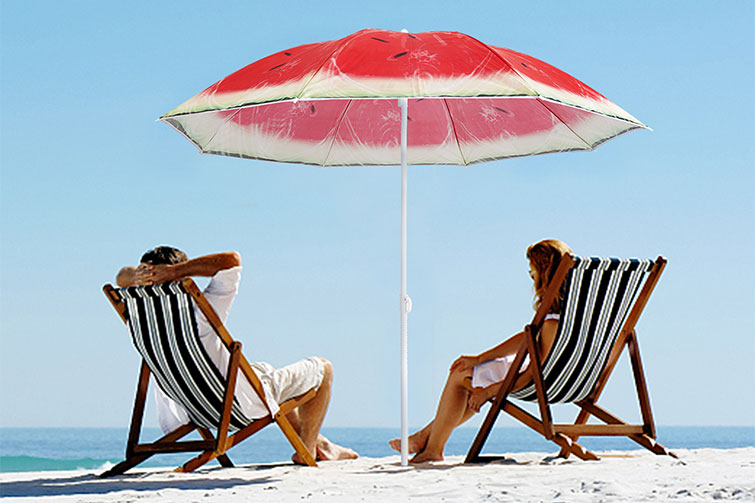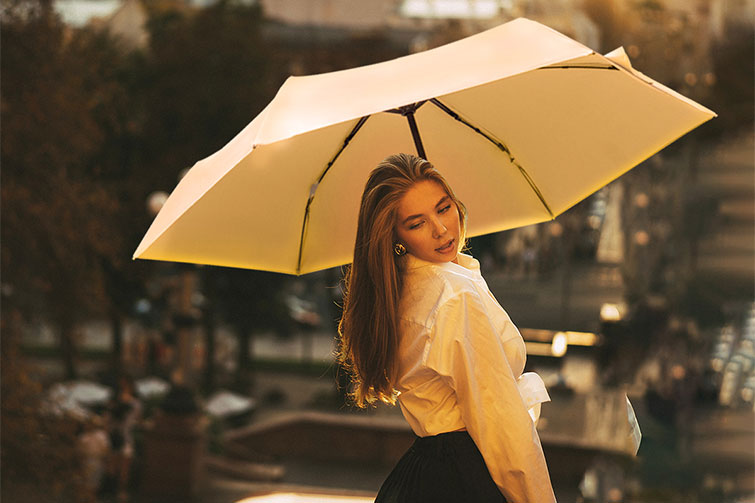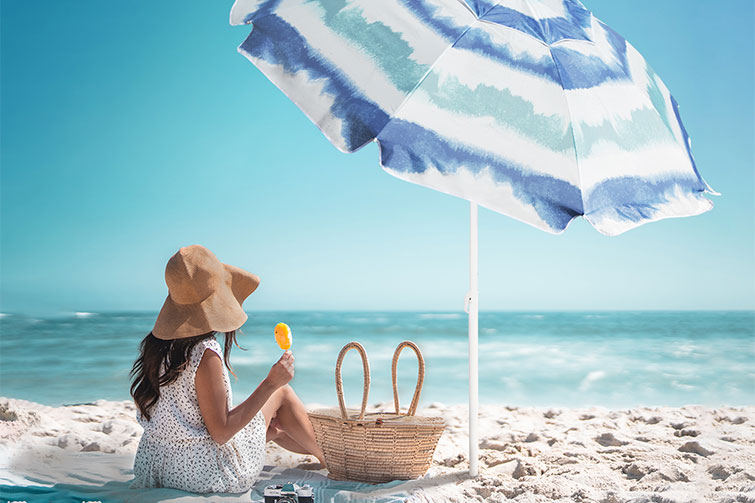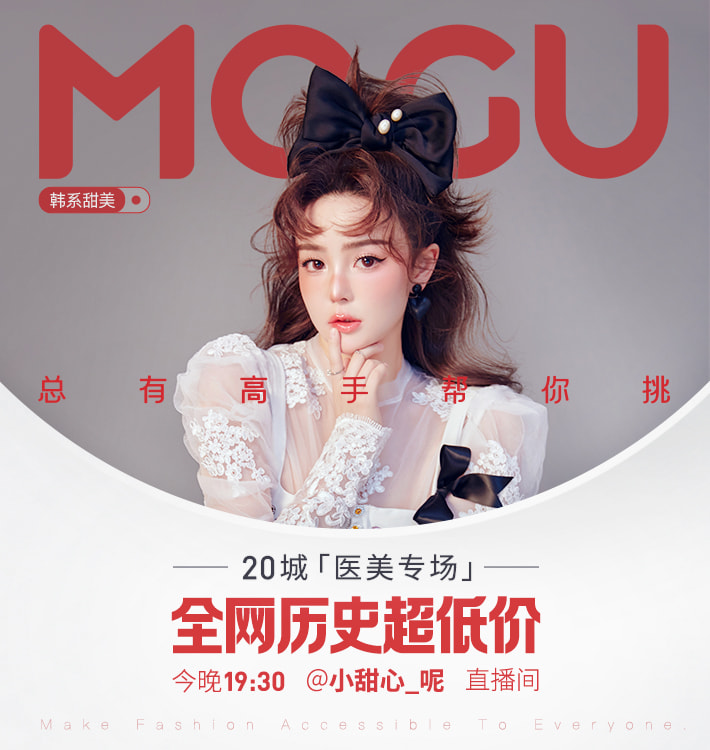

Which Color of Sun Umbrella Provides the Best Sun Protection
When summer arrives and the sun shines brightly, a sun umbrella becomes one of the most essential items for outdoor activities. Whether you are walking, relaxing at the beach, or sitting in a garden café, a good umbrella can protect your skin from harmful ultraviolet (UV) rays and reduce heat exposure. However, many people often wonder: what color of sun umbrella offers the best protection? The answer depends on how different colors absorb, reflect, and block sunlight.
The Science Behind Color and Heat Absorption
Colors play a major role in determining how much sunlight an umbrella absorbs or reflects. Light colors, such as white, beige, or pastel tones, reflect most of the visible light spectrum. This means they tend to stay cooler because less heat is absorbed. On the other hand, dark colors, such as black, navy blue, or dark green, absorb more light and convert it into heat. Therefore, dark-colored umbrellas might feel warmer to the touch.
However, when it comes to UV protection, the story becomes more complex. While light colors reflect visible light effectively, they often allow more UV rays to penetrate through the fabric. Dark colors, although warmer, usually block more UV rays. This is because darker pigments can absorb UV radiation more efficiently, preventing it from reaching your skin.
The Best Colors for UV Protection
Several studies and fabric tests have shown that black and dark blue umbrellas provide the best UV protection. The reason is simple: darker shades contain more dye, which enhances their ability to absorb and neutralize ultraviolet radiation. A black umbrella can block up to 90% or more of UV rays, depending on the fabric type. In contrast, a white umbrella may only block around 70–80%.
Dark green, navy, and dark gray are also excellent choices for UV resistance. They are slightly cooler than black but still provide strong sun protection. If you are looking for a balance between temperature comfort and UV defense, these medium-dark shades are ideal.
Light Colors: Comfortable but Less Protective
White, light blue, and pastel-colored umbrellas are popular because they give a cooler and more refreshing feeling in the sun. They reflect more visible light and are less likely to become hot when exposed to sunlight for long periods. However, their UV-blocking ability is relatively weaker unless the fabric has been treated with special UV-resistant coatings.
If you prefer lighter colors for aesthetic or comfort reasons, look for umbrellas labeled “UV protection” or “UPF 50+”. UPF (Ultraviolet Protection Factor) measures how much UV radiation a fabric allows to reach the skin. For example, a UPF 50 rating means the fabric allows only 1/50th of UV rays to pass through, blocking 98% effectively. Even a white umbrella with a proper UV coating can perform as well as a dark one.
Material and Fabric Density Matter
Besides color, the material and thickness of the umbrella fabric play a critical role in sun protection. Polyester and nylon fabrics with tight weaves are commonly used for high-quality sun umbrellas. These materials are not only lightweight but also provide excellent UV resistance, especially when treated with silver or titanium coatings.
Some modern umbrellas feature a dual-layer design—a darker outer layer to absorb UV rays and a lighter inner layer to reflect heat. This combination effectively reduces both ultraviolet exposure and temperature buildup, providing the best of both worlds.
Practical Recommendations
When choosing a sun umbrella, consider both color and purpose:
- For maximum UV protection: Choose dark-colored umbrellas such as black, navy, or dark green. Ideal for beach use, hiking, or long outdoor activities.
- For moderate use in hot climates: Pick medium-dark tones like gray or dark blue with UV coating to balance heat and protection.
- For aesthetic or comfort preference: Use lighter-colored umbrellas with certified UV-blocking fabrics (UPF 50+).
- For dual performance: Consider umbrellas with silver or reflective inner coatings—they reflect sunlight and block UV efficiently.
Conclusion
In summary, the darker the umbrella, the stronger its UV-blocking ability, while the lighter the umbrella, the cooler it feels. There is no single perfect color that fits all needs; the best choice depends on whether you prioritize sun protection or temperature comfort. For those who spend long hours outdoors, a dark-colored or UV-coated umbrella is the most reliable option. With the right color and material, your sun umbrella can become a powerful shield—keeping you both cool and safe under the summer sun.




